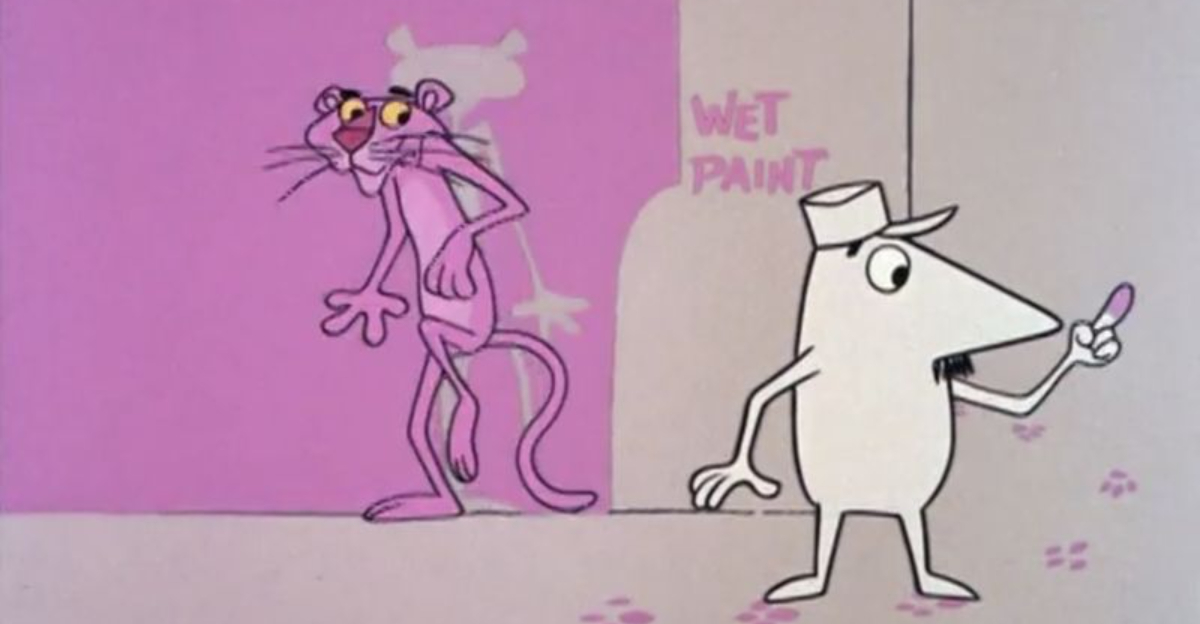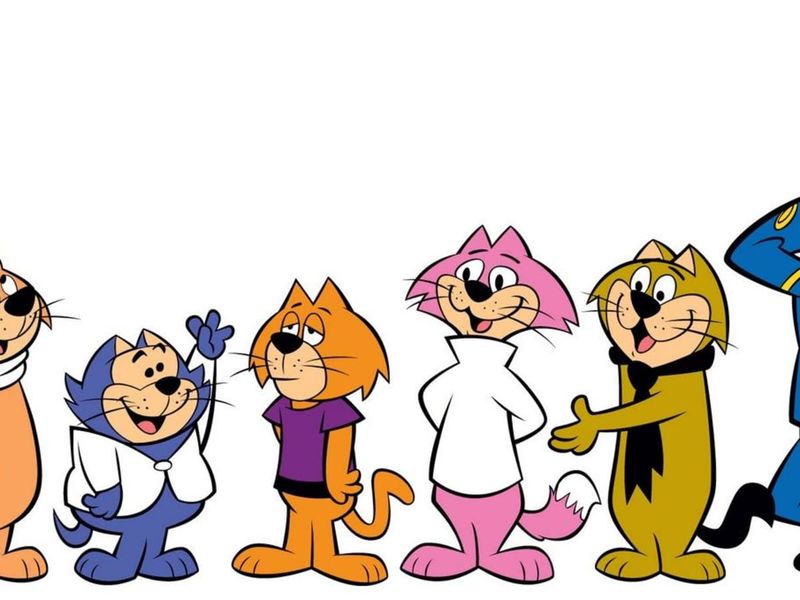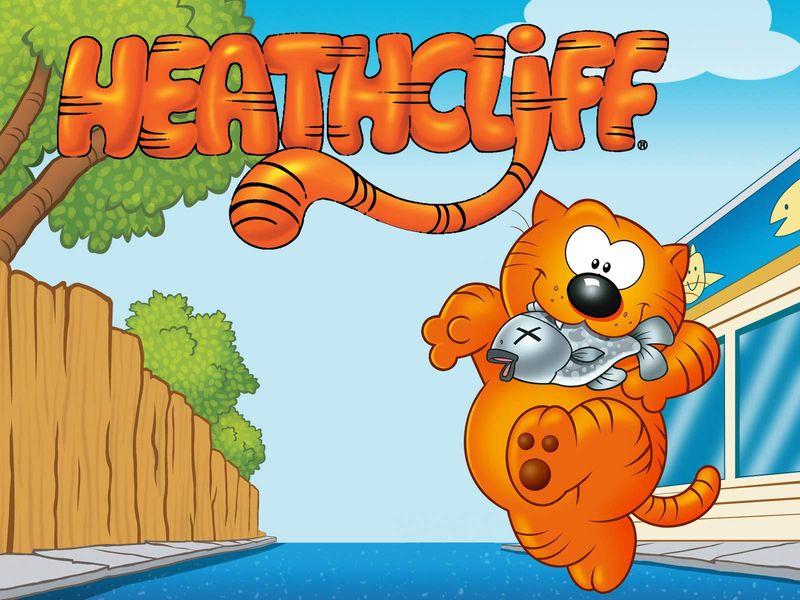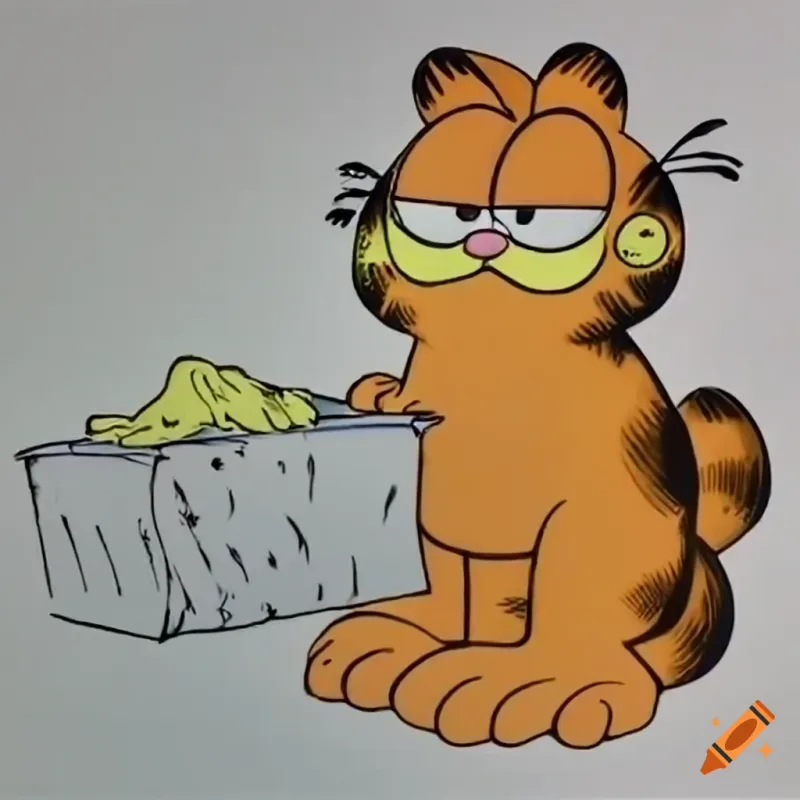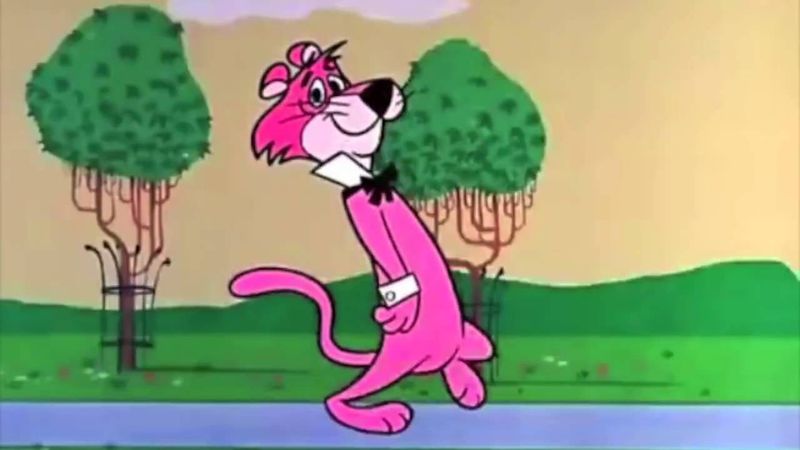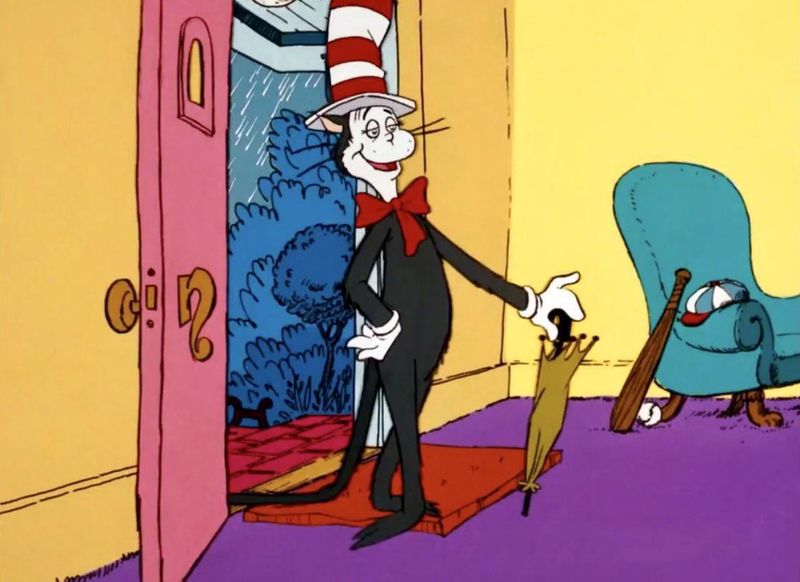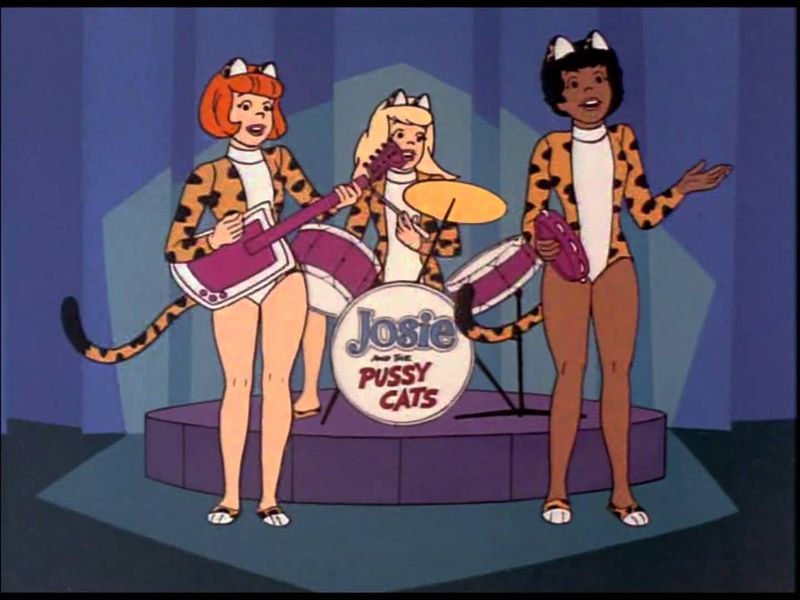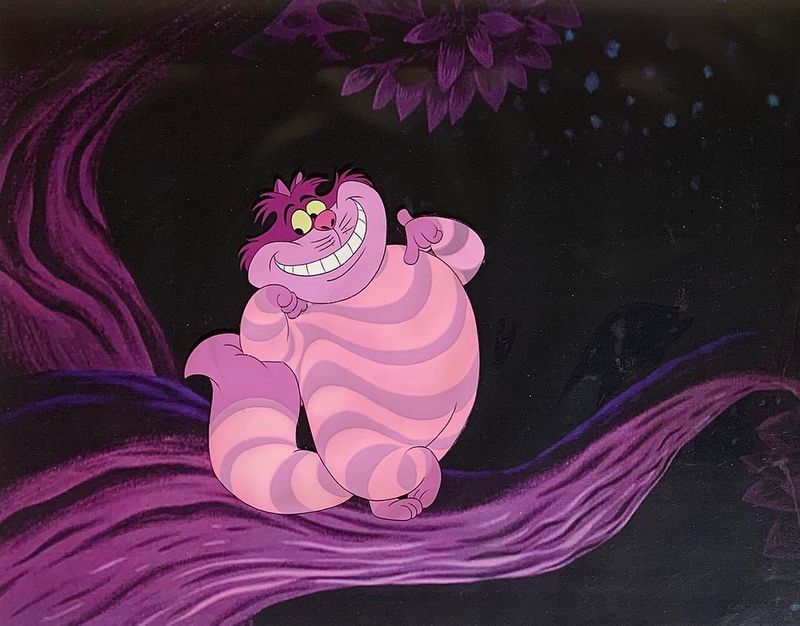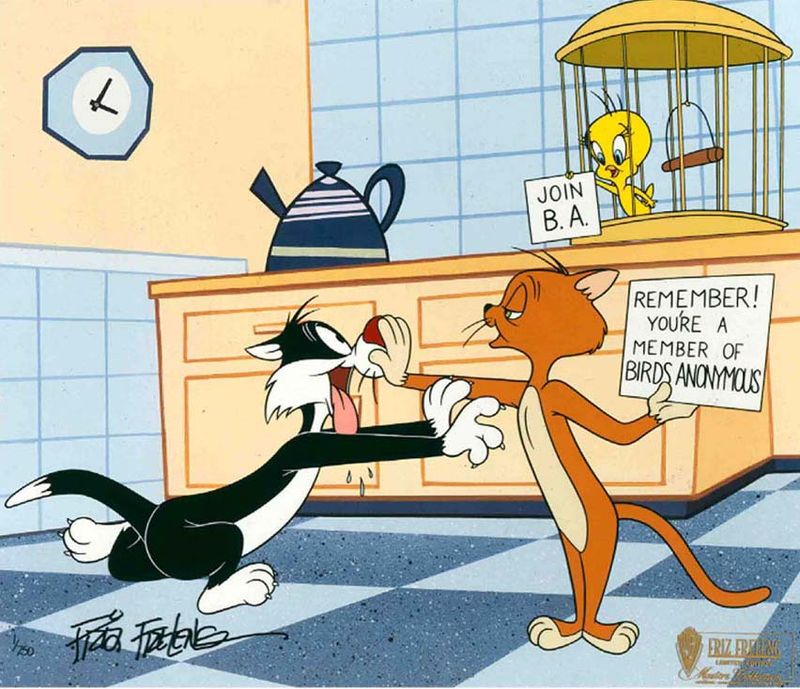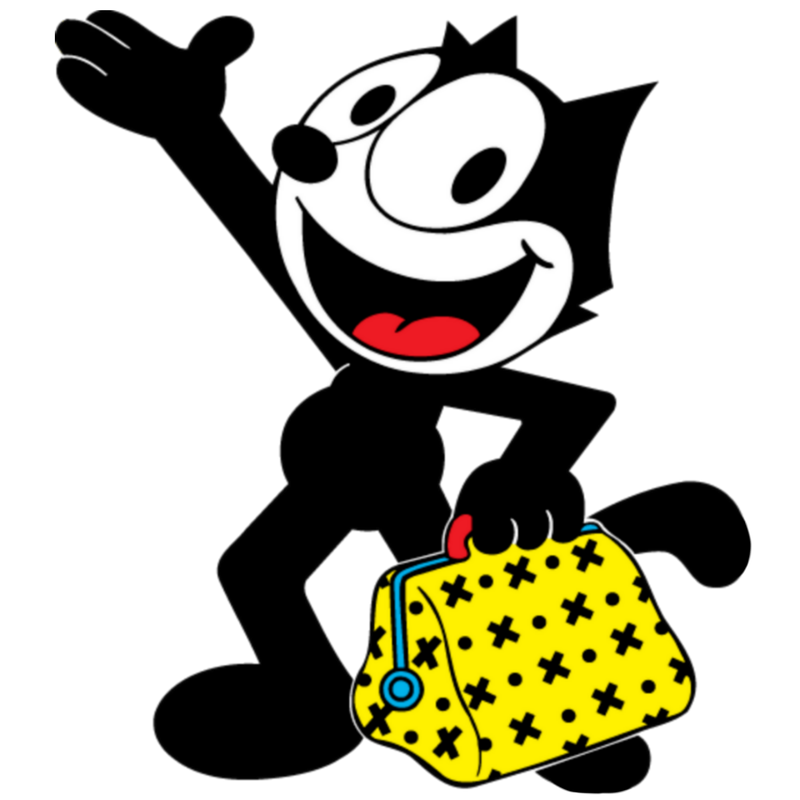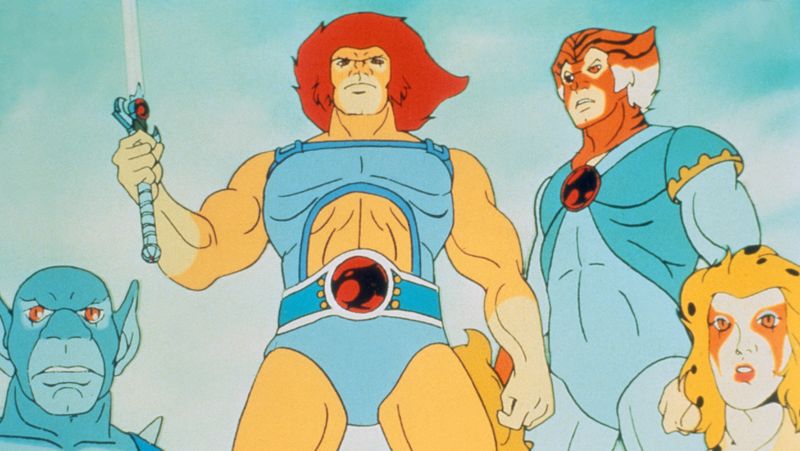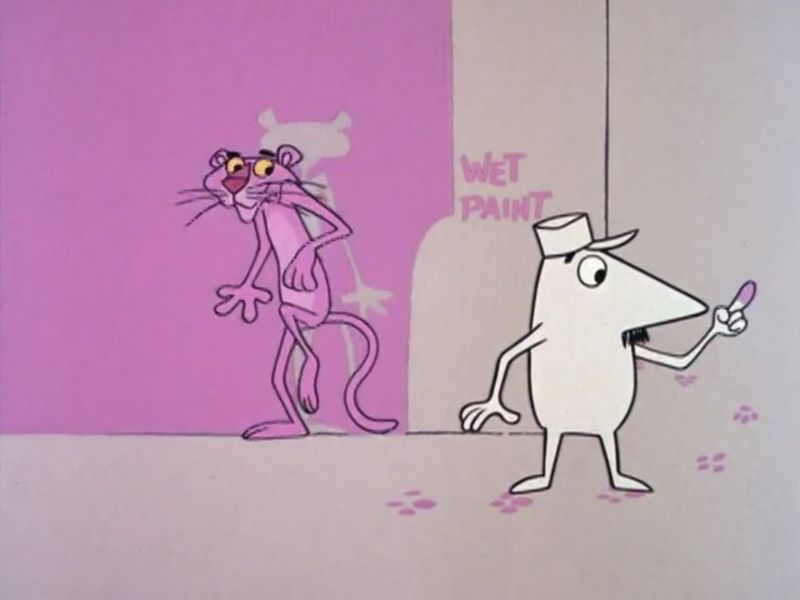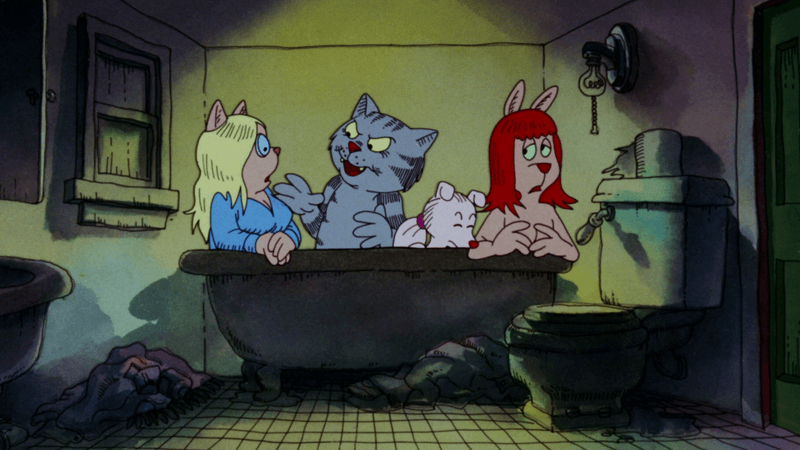📖 Table of Content:
The golden era of animation in the 1970s and 1980s gave rise to some of the most iconic and quirky feline characters ever to grace the small screen. Long before CGI and streaming platforms transformed the way we consume animated stories, Saturday morning cartoons were sacred, and anthropomorphic cats reigned supreme. With their blend of sass, charm, and chaos, these cartoon cats captivated audiences of all ages, leaving paw prints on pop culture that remain vivid even today.
These feline personalities weren’t just sidekicks—they were stars in their own right. Whether they were causing mayhem, solving mysteries, or simply enjoying a saucer of milk with mischief on their minds, each of these characters carved out a distinct identity. Their designs were timeless, their voices unforgettable, and their catchphrases lived on through lunchbox art, t-shirts, and the memories of those who grew up watching them.
In this nostalgic roundup, we spotlight 13 classic cartoon cats that ruled the television screens of the ’70s and ’80s. From streetwise schemers to magical companions and slapstick troublemakers, each feline brought something unique to the screen. Let’s revisit these purring legends, one tail at a time.
1. Top Cat
First introduced in the early ’60s but beloved throughout the ’70s due to reruns, Top Cat—T.C. to his gang—was the undisputed boss of Hoagy’s Alley. His quick wit, flashy yellow fur, and purple vest made him instantly recognizable. He led a motley crew of alley cats with a smooth-talking swagger that could charm anyone—even Officer Dibble. What set Top Cat apart was his confidence; he always had a scheme brewing. Despite his hustler mentality, he had a heart of gold and a loyalty to his feline friends. The show blended street smarts and slapstick with a jazzy soundtrack that captured the era’s energy. Top Cat remains a blueprint for the charming animated anti-hero.
2. Heathcliff
Heathcliff prowled into the ’80s with an orange coat and a reputation for trouble in tow. Residing in Westfinster, this scrappy cat was always looking for the next meal or fight, preferably both. Unlike Garfield, Heathcliff wasn’t lazy—he was a brawler and a bit of a neighborhood tyrant. He had a soft spot for his girlfriend, Sonja, and a rivalry with bulldogs that led to many high-flying antics. The show split between his stories and the surreal adventures of the Catillac Cats, his more laid-back counterparts. With its urban backdrop and jazzy themes, the show gave feline rebellion a funky beat. Heathcliff’s mischievous grin became a symbol of street-smart cool.
3. Garfield
Garfield arrived on TV with the same sarcastic spirit that made Jim Davis’ comic strip a phenomenon. His lasagna-loving, Monday-hating persona was voiced to perfection by Lorenzo Music, adding a cozy lethargy to every line. Viewers couldn’t help but love his disdain for Odie and his deadpan delivery of life’s absurdities. His show, Garfield and Friends, also featured the U.S. Acres crew, but Garfield stole the spotlight every time. What made him timeless was how relatable he was—who doesn’t want to sleep all day and snack all night? Beyond laughs, the show poked fun at society, routines, and even the nature of cartoon logic itself. Garfield proved that cynicism could be cuddly.
4. Snagglepuss
Snagglepuss was the theatrical thespian of Hanna-Barbera’s roster, delighting fans with his over-the-top delivery and pink fur. Famous for phrases like “Heavens to Murgatroyd!” and “Exit, stage left!”, he brought Broadway flair to the cartoon jungle. While his origin was in the ’60s, his popularity surged in ’70s reruns. Always speaking in dramatic monologues, Snagglepuss lived in a world of his own creation—full of imagined applause and invisible curtains. His antics often involved elaborate schemes that backfired with comedic timing. Underneath the drama was a gentle and optimistic soul who just wanted a little recognition. Snagglepuss proved that melodrama and charm could coexist in a pink package.
5. The Cat in the Hat
Whisking into households with a swirl of rhyme and mischief, this cat redefined chaos with a grin. The 1971 TV special brought Dr. Seuss’s creation to animated life. Unlike structured shows, this cat reveled in breaking boundaries and cleaning up afterward—sometimes. His tall striped hat and red bowtie became symbols of whimsical rebellion. Children were enchanted by the disorder he inspired and the responsibility he left behind. It wasn’t just what he did, but how he did it—with rhythm, rhyme, and a wink. He was literature’s gift to animation.
6. Josie and the Pussycats
A trio of stylish, musical heroines, Josie and her crew wore feline costumes but rocked much harder. This Hanna-Barbera series blended pop music with sleuthing adventures. Traveling the world on tour, they often stumbled into mysteries that needed solving. Their catchy tunes and girl-power attitude made them icons ahead of their time. The show spun off comics and even a cult-favorite movie decades later. Melody, Valerie, and Josie each brought flair and fun to their crime-solving adventures. They showed that cats could sing, solve crimes, and still look cool.
7. Cheshire Cat
Vanishing into thin air with a sly grin, this feline brought philosophical puzzles to children’s minds. While the original character came from Lewis Carroll, animated versions in the ’70s and ’80s gave him renewed mystique. He didn’t just appear—he manifested, usually when confusion was highest. His riddles and metaphors made adults think while kids laughed nervously. He wasn’t there to help—only to twist the journey further. What made him memorable wasn’t his actions but his eerie unpredictability. The Cheshire Cat purred wisdom cloaked in madness.
8. Sylvester the Cat
Forever locked in pursuit of Tweety Bird, Sylvester was cartoon persistence incarnate. Each episode offered a fresh failure—anvils, traps, and slapstick galore. He spoke with a signature lisp, turning basic lines into comedic gold. Unlike many villains, Sylvester was almost pitiable in his endless defeat. His resilience made us root for him, even if we knew he’d lose. Whether climbing rooftops or dodging Granny’s broom, he never gave up. It was this tenacity, not success, that made him unforgettable.
9. Felix the Cat
Before most of the others even existed, Felix was already making magic with his grin and trusty bag. Though originating in the silent film era, he saw revivals in television throughout the ’70s and ’80s. He was surreal, often bending reality itself in clever ways. That magic bag could become anything—from a hot air balloon to a submarine. Children adored his imaginative solutions and simple designs. While dialogue-free in earlier works, his body language said volumes. Felix was timeless mischief wrapped in simplicity.
10. Battle Cat (Cringer)
Dual personalities made this cat one of the most intriguing sidekicks of the ’80s. As Cringer, he was anxious and cowardly; as Battle Cat, he was fearless and fierce. He transformed with Prince Adam into a powerful green-and-yellow beast. His roars echoed through Eternia as he charged into battle beside He-Man. What made him special was his vulnerability, which made his bravery even more admirable. Kids related to his fears, then cheered for his triumphs. He was strength wrapped in soft fur.
11. Thundercats
Roaring into the mid-’80s, the Thundercats were far more than a single feline—they were an entire squad of heroic cats. Led by Lion-O, their adventures mixed sci-fi, sorcery, and swordplay. Cheetara brought speed, Panthro brought brawn, and each had unique powers. Their animation style was dynamic and often intense for kids’ TV. The show preached teamwork, honor, and the fight against evil. Their “Thundercats, ho!” rally cry still echoes in fans’ minds. They were warriors, but also family.
12. The Pink Panther
Elegance and silence defined this suave feline who danced through danger with ease. His cartoons rarely needed dialogue, relying instead on smooth jazz and clever timing. He was a master of non-verbal comedy, influencing generations of animators. The Pink Panther’s aloof charm made him cool without even trying. Whether evading bumbling foes or lounging poolside, he exuded effortlessness. His adventures were often surreal, full of visual gags and absurdity. In a noisy world, his silence was golden.
13. Fritz the Cat
Breaking all the rules of traditional animation, Fritz wasn’t for kids—but he was unforgettable. Based on Robert Crumb’s underground comics, his 1972 film tackled counterculture and politics. He was a product of rebellion, reflecting the chaos of the era. Unlike other cartoon cats, he smoked, cursed, and stirred controversy. His animation was gritty and raw, not polished or censored. Love him or loathe him, Fritz changed what a cartoon could be. He proved animation wasn’t just child’s play.
